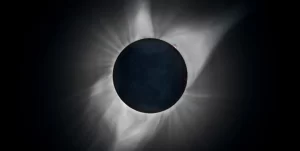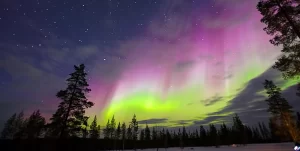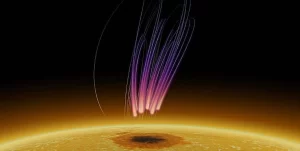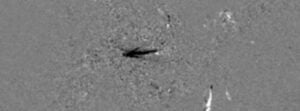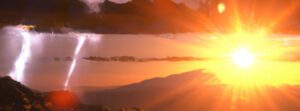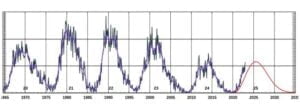Study reveals complete picture of anomalous heating in the Sun’s upper atmosphere
A new study published in The Astrophysical Journal has provided a complete physical image of the anomalous heating in the upper atmosphere of the Sun, solving one of the eight challenges in modern astronomy.

